

The airway management devices market is poised for significant growth between 2024 and 2031, driven by rising respiratory health issues, technological advancements, and the increasing need for efficient critical care solutions. Airway management devices are critical tools in emergency medicine, anesthesia, and intensive care, ensuring that patients maintain open airways for adequate oxygenation. As global healthcare demands grow, this market is witnessing a surge in adoption across hospitals, ambulatory care centers, and pre-hospital emergency settings.
In this comprehensive report, International Market Research (IMR) provides an in-depth analysis of the airway management devices market, including market size, key drivers, emerging trends, and future growth projections from 2024 to 2031.
Market Overview
The global airway management devices market was valued at approximately USD 2.6 billion in 2023 and is projected to grow at a compound annual growth rate (CAGR) of 7.8% during the forecast period, reaching USD 4.8 billion by 2031. The rising prevalence of chronic respiratory diseases, aging populations, and advancements in medical technologies are among the major factors fueling this growth.
Key Market Drivers
1. Rising Incidence of Respiratory Diseases
Respiratory illnesses such as chronic obstructive pulmonary disease (COPD), asthma, and obstructive sleep apnea (OSA) are on the rise globally. According to IMR, over 340 million people worldwide suffer from asthma, while COPD affects an estimated 251 million people annually. These conditions often require airway management interventions, boosting the demand for related devices.
2. Technological Advancements in Airway Devices
Innovations in airway management devices, including video laryngoscopes, fiber-optic intubation systems, and supraglottic airway devices, are improving patient outcomes and driving market adoption. By 2031, advanced video laryngoscopes are expected to account for over 30% of the market share, reflecting the growing preference for devices that enhance visualization and reduce procedural complications.
3. Growing Surgical Procedures
The global increase in surgeries, especially those requiring general anesthesia, is significantly contributing to the demand for airway management devices. IMR estimates suggest that approximately 310 million surgeries are performed worldwide annually, with more than 40% requiring advanced airway management solutions.
4. Rise in Geriatric Population
The aging population is particularly prone to respiratory complications, requiring airway management solutions for both emergency and routine care. According to IMR, individuals aged 65 and above will constitute 18% of the global population by 2031, significantly boosting market growth in this segment.
5. Demand for Pre-Hospital Emergency Care
Increased focus on pre-hospital emergency care and trauma management is driving the adoption of portable and easy-to-use airway devices. Emergency medical services (EMS) accounted for approximately 15% of the market demand in 2023, with expectations to grow significantly during the forecast period.
Market Segmentation
The airway management devices market can be segmented by product type, end-user, and region.
1. By Product Type
a. Infraglottic Devices
b. Supraglottic Devices
c. Resuscitation Devices
Bag valve masks and oxygen therapy devices fall under this category, accounting for approximately 25% of the market share in 2023.
d. Others
Video laryngoscopes, fiber-optic bronchoscopes, and adjuncts such as stylets and bougies are experiencing rapid growth due to increasing demand for advanced visualization and safety.
2. By End-User
a. Hospitals
Hospitals remain the largest end-user segment, accounting for over 50% of the market demand in 2023, due to the high volume of surgeries and critical care procedures.
b. Ambulatory Surgical Centers (ASCs)
ASCs are gaining traction as they provide cost-effective and efficient surgical solutions, driving demand for portable airway management devices.
c. Emergency and Pre-Hospital Services
This segment is growing significantly, with EMS and trauma care facilities contributing to the increasing adoption of portable and disposable devices.
3. By Region
a. North America
North America dominates the airway management devices market, accounting for over 35% of global revenue in 2024. The presence of advanced healthcare infrastructure, high surgical volumes, and the prevalence of respiratory disorders are driving growth in the region.
b. Europe
Europe is another key market, with a focus on minimally invasive procedures and rising healthcare expenditure. The region is expected to grow at a CAGR of 7.3% during the forecast period.
c. Asia-Pacific
The Asia-Pacific region is experiencing the fastest growth due to increasing healthcare investments, growing awareness of advanced medical technologies, and rising incidences of respiratory diseases. Countries like China and India are leading this growth, with the region expected to contribute 28% of global market revenue by 2031.
d. Latin America, Middle East, and Africa (LAMEA)
Although smaller in size, the LAMEA region is expected to see steady growth due to improving healthcare access and rising demand for cost-effective solutions.
Competitive Landscape
The airway management devices market is highly competitive, with key players focusing on innovation, mergers, and partnerships to strengthen their market position. Some of the leading companies in this market include:
Future Outlook (2024–2031)
The airway management devices market is set to grow significantly during the forecast period, with technological advancements and increasing demand for efficient critical care solutions acting as major growth drivers.
Key Trends:
Conclusion
The global airway management devices market is on a robust growth trajectory, with increasing demand from hospitals, emergency care, and surgical centers driving the adoption of innovative products. By 2031, the market is expected to reach USD 4.8 billion, offering lucrative opportunities for manufacturers, healthcare providers, and investors alike.
For detailed insights and tailored market research solutions, trust International Market Research (IMR) to deliver high-quality, data-driven strategies for your business success.
Source: International Market Research Analysis, 2024

International Market Research follows a comprehensive research methodology dedicated to offering the most accurate market estimation and analysis. It leverages a data triangulation methodology to estimate the market dynamics and deliver precise estimations. The company exploits a combination of top-down and bottom-up approaches for classifying and assessing quantitative aspects of the market.
This research study is based on exhaustive quantitative and qualitative analysis.
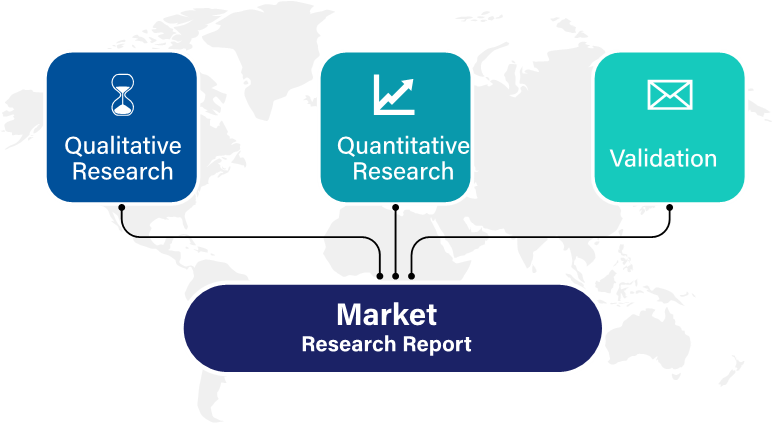
The Quantitative analysis involves numerous models, mathematical tools, projection, and sampling techniques. It encompasses the following steps:
Recognize market variables and derive market size.
Valuation of prospects, opportunities, and market penetration rates by analyzing Application Predictive Maintenance Solution, regional trends, etc.
Gauge historical market trends and derive present and future year-on-year growth trends
The qualitative analysis covers briefing about market dynamics and business opportunities and strategies. Lastly, all the research findings are authenticated over interviews with in-house industry experts, freelance consultants, and key opinion leaders, etc.
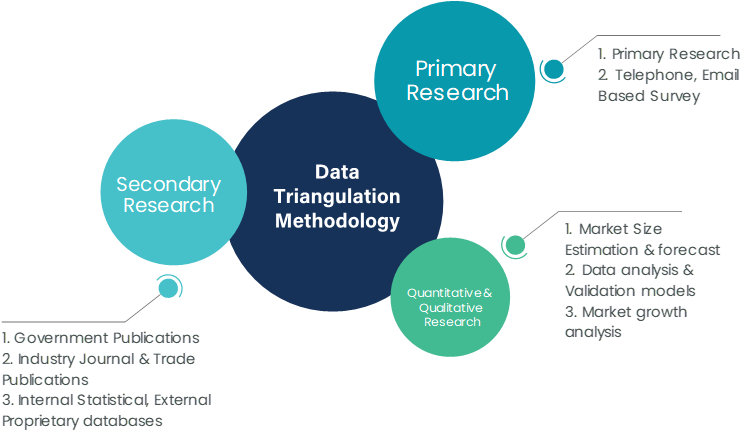
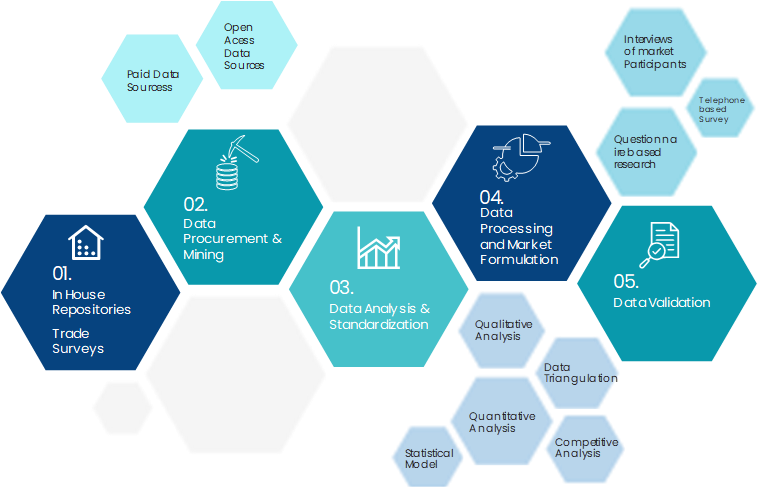
The preliminary raw data and relevant information are acquired via different sources such as secondary findings, trade surveys, and in-house repositories. Technical issues and trends are attained from technical symposia, surveys, and trade journals. Market dynamics such as driving factors, restraints/challenges, pricing trends, and opportunities are also collected using extensive secondary research via paid and open access data sources.
This info is then filtered to make sure that the related data including market trends, industry dynamics, and outlook is retained for the further research End-user. Data is constantly filtered to confirm that only authenticated sources are measured.
It comprises analysis & mapping of all the data gathered from the above step. It also includes the analysis of data differences observed across numerous data sources and arrives at final data points to be used for final calculations.
This step involves data End-user using various models, mathematical tools, projection, and sampling techniques to derive market findings. It also involves the placement of data points at suitable market spaces to gather viable conclusions.
Market estimates and forecasts are derived via simulation models. Collected data for market dynamics, Propulsion Type sets, pricing trends, and Type development is fed into the model and evaluated simultaneously. These factors are studied on a comparative basis, and their influence over the prediction period is quantified by means of regression, correlation, and time-series exploration. Analyst viewpoint & subject matter expert-based heuristic form of market sizing also plays an essential part in this step.
Some of the parameters measured as a part of the statistical model are:
Macro-economic indicators
Micro-economic indicators
Socio-political indicators
Environmental indicators
Propulsion Type indicators
Validation End-user aids to finalize data points to be used for final calculations. Primary Interviews are conducted to authenticate the data and analysis.
Primary research includes questionnaire-based research, email interactions, online surveys, and telephonic interviews. Interviewees are approached by prominent companies across the value chain including suppliers, Propulsion Type providers, domain experts, and buyers to ensure a holistic and unbiased picture of the market.
Industry participants involved in this research study include:
CEOs, VPs, market intelligence managers
Procuring and national sales managers technical personnel, distributors, and resellers
Research analysts and key opinion leaders from various domains
Our research methodology includes an ideal combination of primary and secondary initiatives.
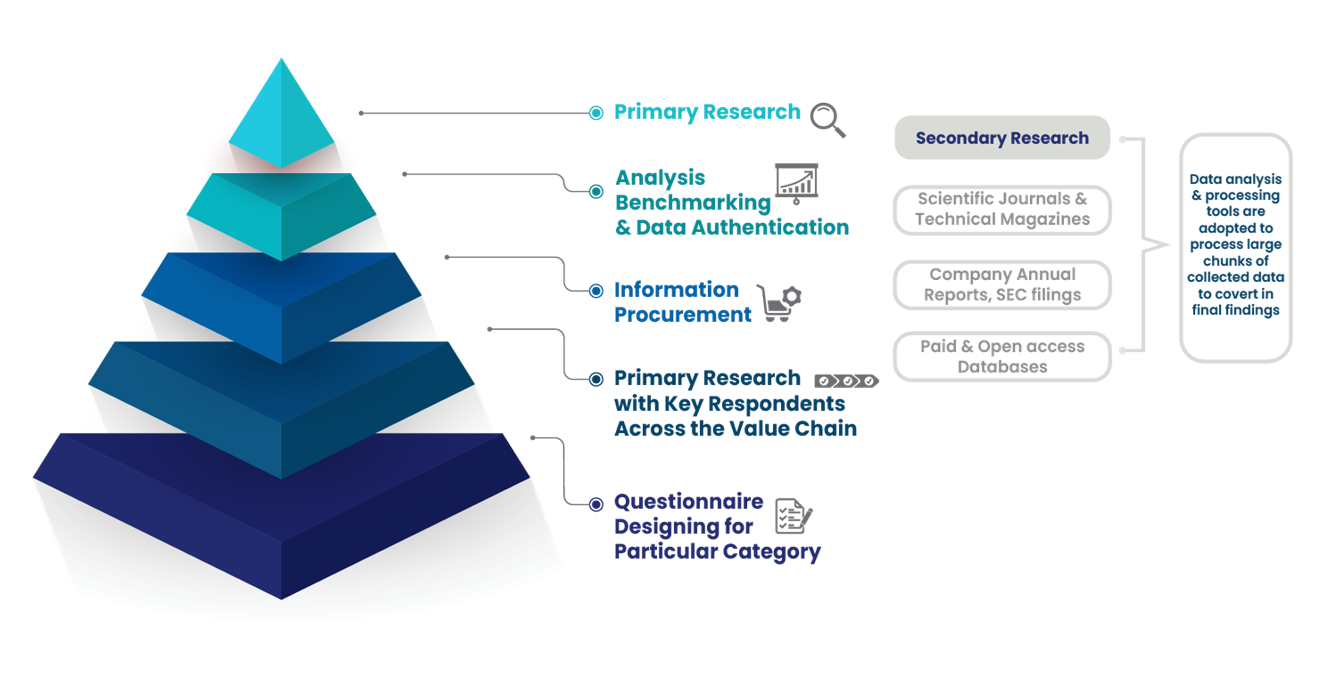
Source: International Market Research Analysis, 2024
It involves company databases such as Hoover's: This assists us to recognize financial information, the structure of the market participants, and the industry competitive landscape.
The secondary research sources referred to in the End-user are as follows:
Supply Chain and Inventory Managemental bodies, and organizations creating economic policies
National and international social welfare institutions
Company websites, financial reports and SEC filings, broker and investor reports
Related patent and regulatory databases
Statistical databases and market reports
Corporate Presentations, news, press release, and specification sheet of Manufacturers
Open access and paid data sources:
Eurostat
Statista
OneSource
Plastemart
WHO and World Bank
ITU
Factiva
Hoovers
Primary research includes online surveys and telephonic interviews.
Means of primary research: Email interactions, telephonic discussions, and questionnaire-based research, etc.
To validate our research findings and analysis, we conduct primary interviews of key industry participants. Insights from primary respondents help in validating the secondary research findings. It also develops Research Team’s expertise and market understanding.
Industry participants involved in this research study include:
CEOs, VPs, market intelligence managers
Procuring and national sales managers technical personnel, distributors, and resellers
Research analysts and key opinion leaders from various domains
We employ of following parameters in the absence of concrete data sources:
We assign weights to various parameters and quantify their market influence with the help of weighted average analysis, to derive an expected market growth rate
Income distribution, purchasing pattern, per capita income, and other end-user associated parameters
GDP, inflation rate, per capita disposable income, etc.
Expenditure, financial policies of the country, infrastructure and sector growth, and facilities
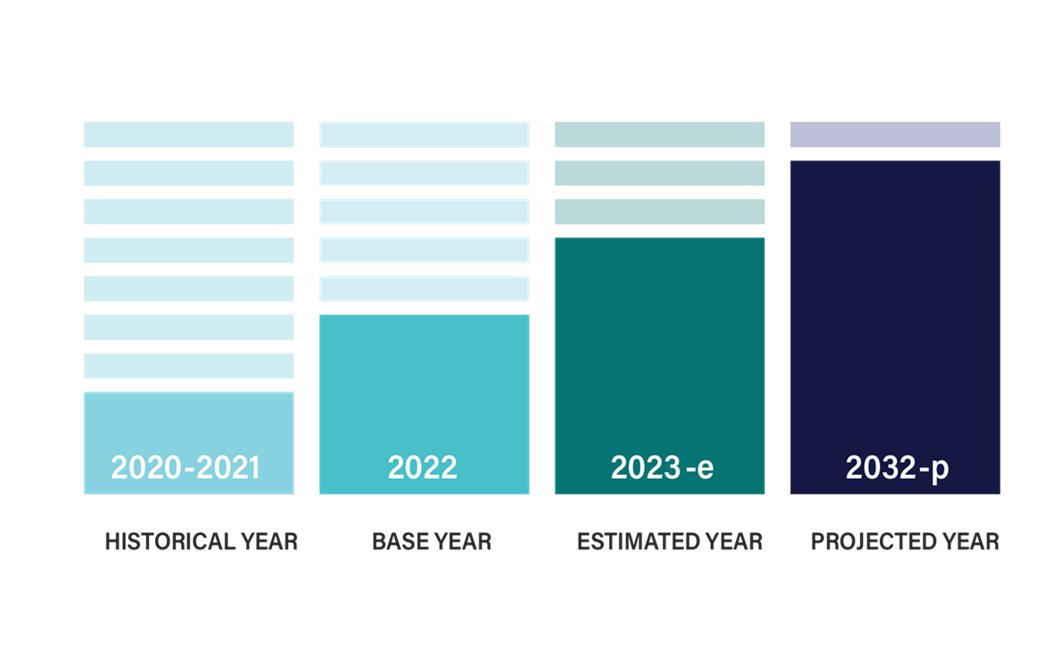
Source: International Market Research Analysis, 2024
International Market Research(IMR) is global leader in Market Research & Consulting services.